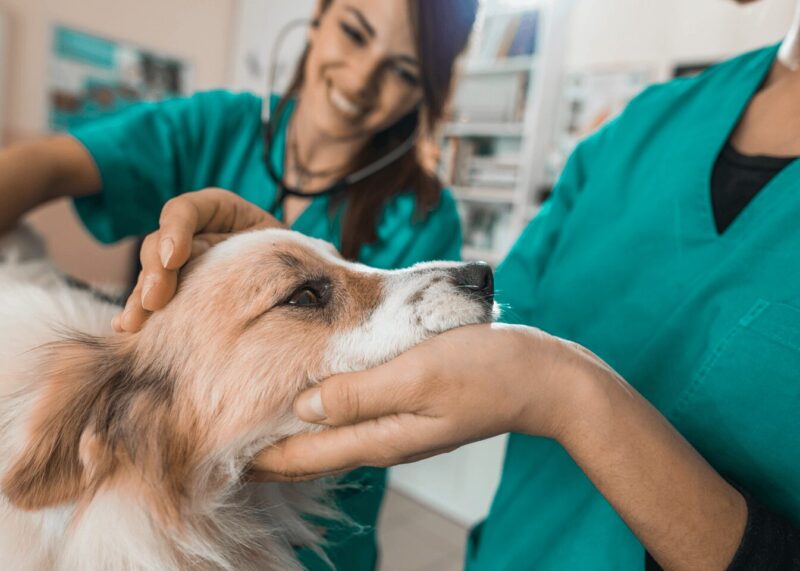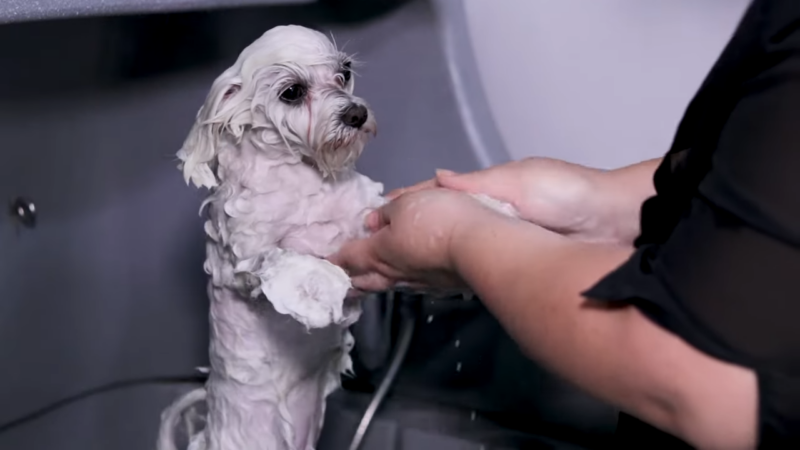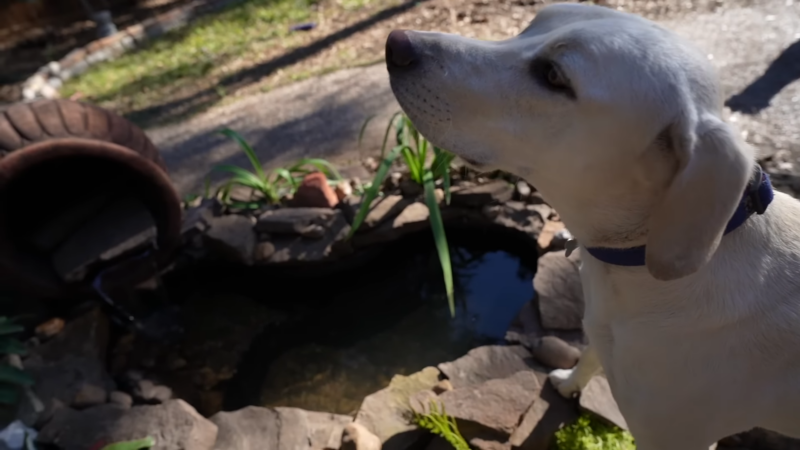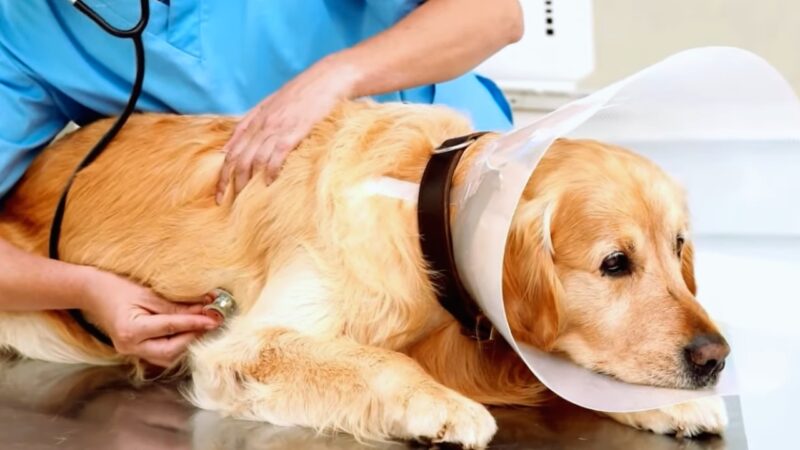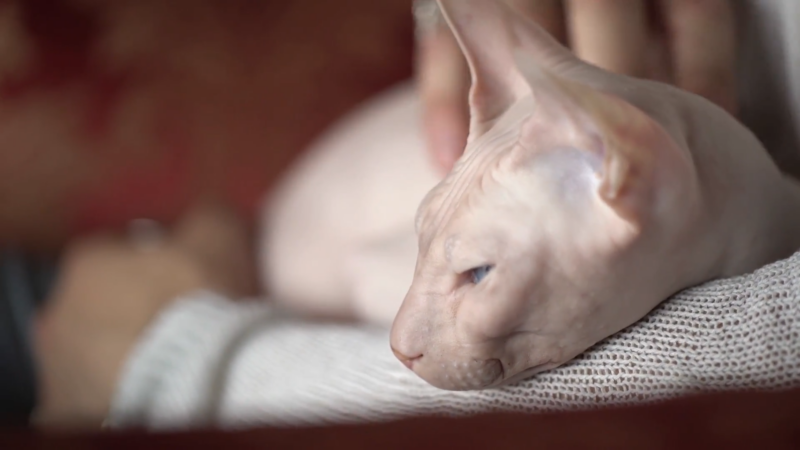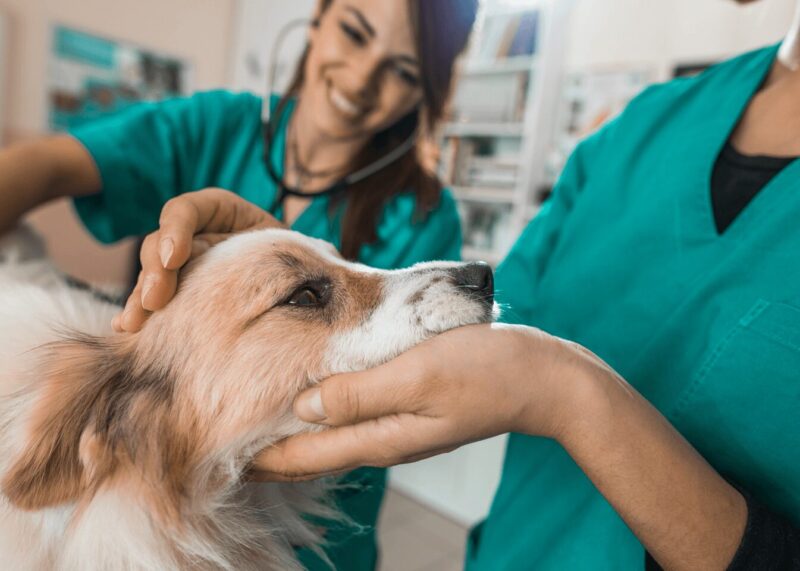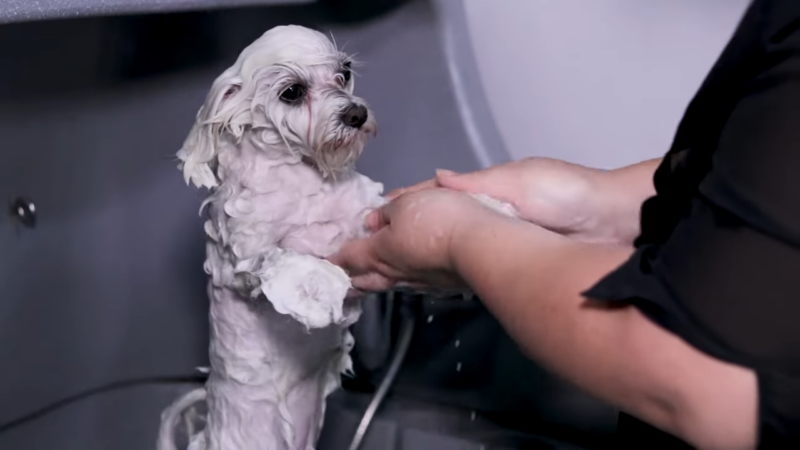
-
 Stefan Mihajlovic
Stefan Mihajlovic
- Published:
- Updated: March 12, 2024
- Category: Dog Specific Care, Pet Health and Care
Share Post:
Canine luxating patella, commonly referred to as a “slipped kneecap,” can be a source of pain and discomfort for our furry friends. As pet parents, it’s imperative to understand this condition and explore how massage can serve as an effective complementary therapy. This guide will discuss the science behind luxating patella and how massage can offer relief to your beloved pet.
The Basics
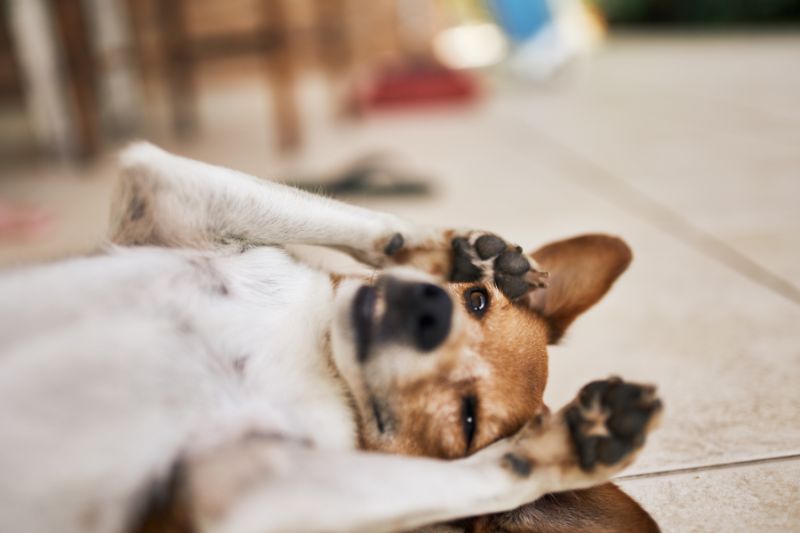
Luxating patella is a condition where the dog’s patella (kneecap) dislocates or moves out of its normal location. It’s crucial to comprehend its causes and the effects it can have on your dog’s wellbeing.
Causes and Risk Factors
What prompts the patella to luxate? While some factors are beyond our control, understanding them can help in early detection and management.
- Genetics: Some breeds are predisposed to luxating patella, including small breeds like Yorkshire Terriers and Pomeranians.
- Trauma: An injury can cause the kneecap to dislocate, especially if the ligaments holding the patella in place are damaged.
- Conformation: Structural issues, like shallow grooves where the patella rests, can lead to dislocation.
Symptoms and Diagnosis
How can you tell if your dog has a luxating patella? Recognizing the signs can lead to timely interventions and better outcomes.
- Lameness: Your dog might lift the affected leg off the ground or show intermittent limping.
- Pain: While some dogs might not display overt pain, others might whimper or become reluctant to play or walk.
- Physical Examination: A vet can usually diagnose luxating patella by feeling the knee and identifying the dislocation.
The Magic of Massage
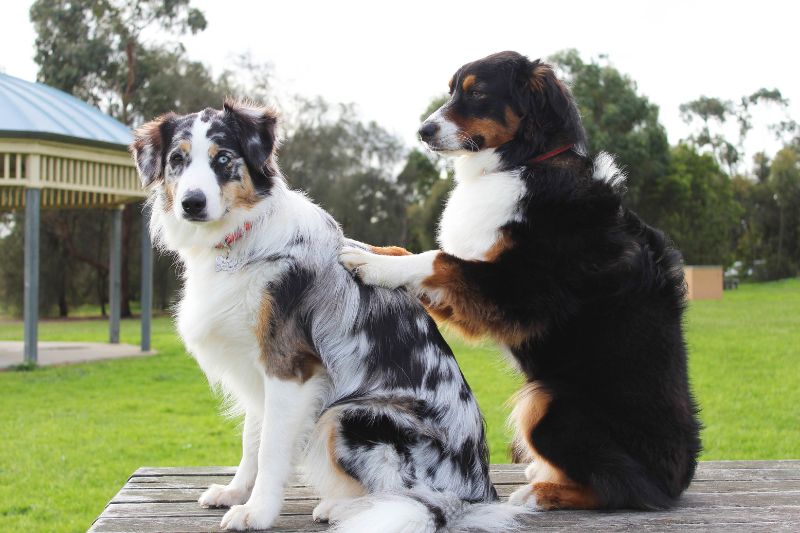
Incorporating massage into your dog’s care routine can not only bring relief from pain and discomfort but also foster a deeper bond between you and your canine companion.
Benefits
A well-executed massage can offer multiple benefits. From reducing pain to improving circulation, the perks are undeniable.
- Pain Relief: Massage stimulates the release of endorphins, the body’s natural painkillers.
- Improved Circulation: Enhanced blood flow can accelerate healing and reduce inflammation.
- Stress Reduction: Dogs, like humans, can experience relaxation and reduce anxiety through massage.
Performing the Massage
Ready to give your furry friend a therapeutic massage? Here’s a step-by-step guide to ensure it’s both safe and effective.
- Preparation: Choose a quiet environment and ensure your dog is calm. Use gentle, slow strokes to begin the session.
- Techniques: Use your fingers to make small, circular motions around the knee area. Avoid applying pressure directly to the patella. Glide your hands up and down the leg, ensuring even pressure.
- Post-massage care: Reward your dog with a treat and observe them for any signs of discomfort. If your dog seems to be in pain or the limping worsens, consult a veterinarian.
Prevention and Additional Care
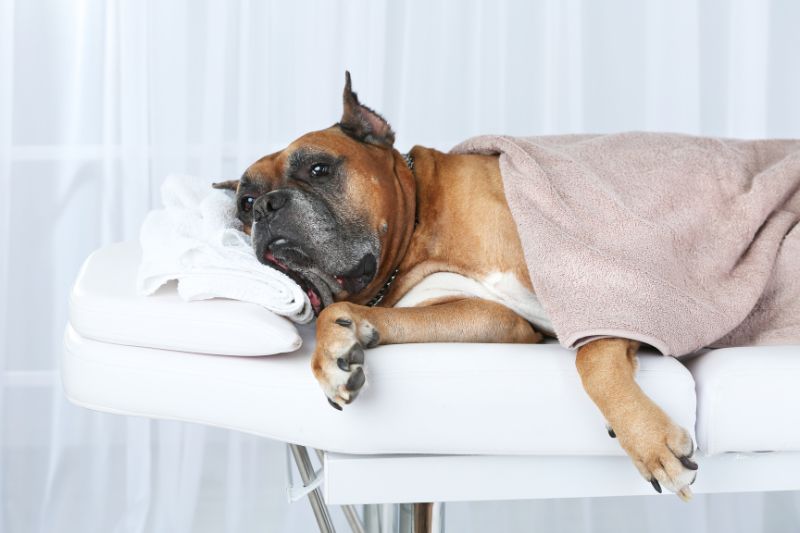
While massage is a fantastic tool, it’s essential to take a holistic approach when dealing with luxating patella. Prevention and supplementary care can ensure your dog leads a pain-free, joyful life.
Weight Management
A healthy weight can reduce the strain on your dog’s knees. Excess weight can exacerbate the symptoms of luxating patella.
- Diet: Ensure your dog has a balanced diet that meets their nutritional needs without leading to obesity.
- Exercise: Regular, low-impact exercises can strengthen the leg muscles without putting undue pressure on the knees.
Consultation and Veterinary Interventions
Always keep in touch with your vet. They can provide insights into your dog’s condition and recommend treatments when necessary.
- Regular Check-ups: These can help in early detection and management of luxating patella.
- Surgery: In severe cases, surgical intervention might be the best option to correct the knee’s structure and provide long-term relief.
Choosing the Right Products
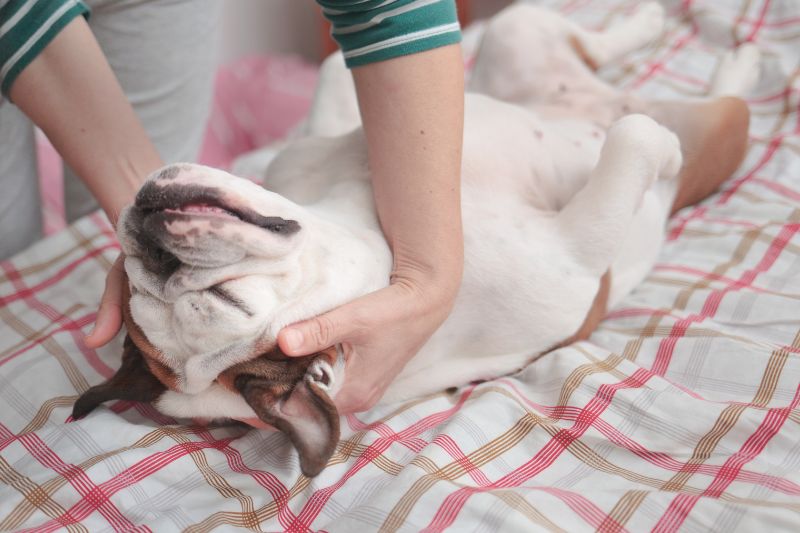
When administering massage, having the right products on hand can make a big difference in the comfort and effectiveness of the session.
Oils and Lotions
Selecting a suitable massage product can enhance the experience for your dog. It can make your strokes smoother and provide additional therapeutic benefits.
- Natural Oils: Coconut or almond oil can be great choices. They not only offer a smooth glide but also moisturize the dog’s skin.
- Dog-specific Lotions: These are specially formulated for a dog’s skin pH and can sometimes contain additional pain-relieving ingredients. Ensure they don’t contain harmful chemicals or scents.
Massage Tools
Sometimes, our hands need a little help. There are various tools designed to enhance the massage experience.
- Massage Rollers: These can provide even pressure and can be particularly useful for larger dogs.
- Rubber Massage Mitts: These mitts can help stimulate blood flow and are effective in reaching deeper muscle layers without applying too much pressure.
Your Dog’s Feedback
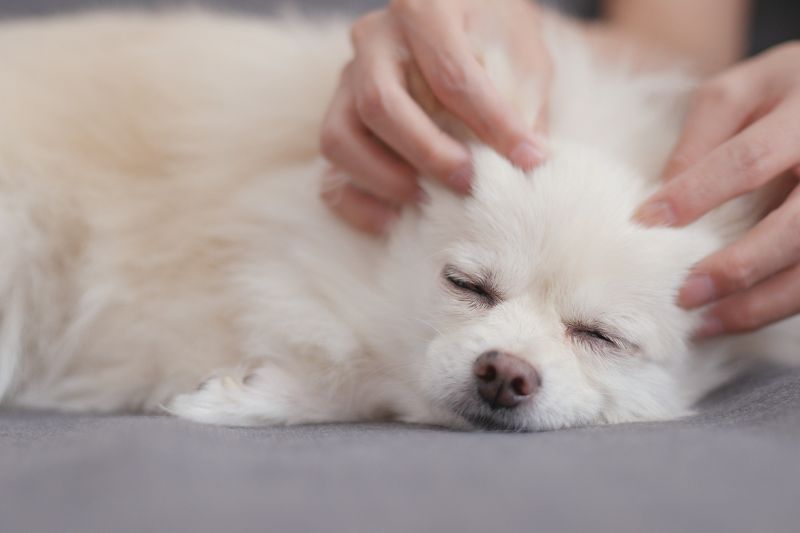
While dogs can’t communicate verbally, they have a language of their own. Paying attention to their feedback during massage can guide your technique.
Positive Feedback
Signs your dog is enjoying the massage and is comfortable.
- Relaxed Ears and Tail: Indications that your dog is at ease.
- Leaning into the Massage: When they press into your hand, it often means they enjoy the pressure and the area you’re working on.
Negative Feedback
Signs you might be causing discomfort or need to adjust your technique.
- Twitching or Flinching: This can indicate that you’ve hit a sensitive spot or are pressing too hard.
- Pulling Away: If your dog consistently tries to move away, it might be a sign that they’re not enjoying the massage or that it’s causing discomfort.
Seeking Professional Assistance
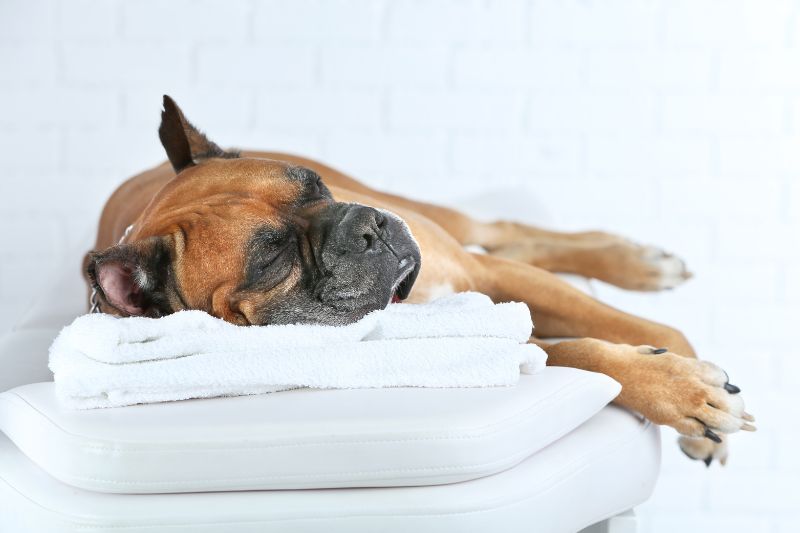
While at-home massages can be beneficial, sometimes professional assistance can provide advanced techniques tailored to your dog’s specific needs.
Canine Massage Therapists
Just as humans can benefit from seeing a professional masseuse, so can dogs.
- Expertise: Canine massage therapists have specialized training in understanding dog anatomy and potential problem areas related to conditions like luxating patella.
- Tailored Sessions: These professionals can create a massage regimen that focuses on your dog’s unique needs, ensuring each session maximizes benefits.
Integrative Veterinary Care
Some veterinarians offer integrative therapies, including massage.
- Holistic Approach: These vets can combine traditional medical treatments with therapies like massage, acupuncture, or hydrotherapy.
- Consistent Monitoring: Having the same professional provide both medical care and massage ensures consistent monitoring of the dog’s condition.
Additional Complementary Therapies
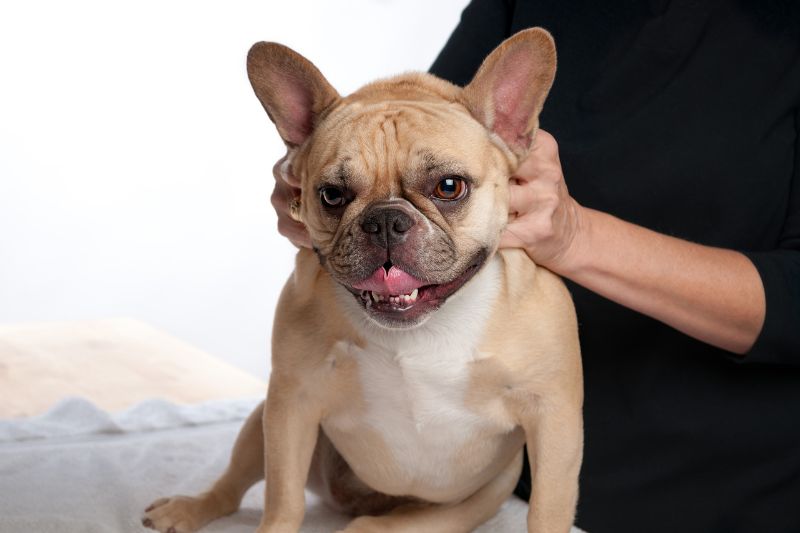
Massage, while powerful, is just one tool in the toolkit of therapies available for managing luxating patella and associated discomfort.
Hydrotherapy
Water-based exercises can be beneficial for dogs, especially those with joint or bone issues.
- Low Impact: The buoyancy of water reduces strain on joints, making it ideal for conditions like luxating patella.
- Strength Building: Swimming or walking on underwater treadmills can help strengthen the muscles supporting the knee.
Acupuncture
An ancient technique that can provide pain relief and improve circulation.
- Energy Flow: The idea is to balance the body’s energy pathways, potentially aiding in pain management and recovery.
- Natural Pain Relief: Acupuncture stimulates endorphin release, similar to massage, offering another avenue for pain mitigation.
FAQs
How often should I massage my dog if they have a luxating patella?
Ideally, you should consult with a veterinarian or a canine massage therapist for personalized advice. However, as a general guideline, massaging your dog 2-3 times a week can be beneficial.
It’s essential to monitor your dog’s reaction and adjust the frequency based on their comfort and needs.
Are there specific breeds that are more prone to luxating patella?
Yes, while any dog can develop a luxating patella, some breeds are more predisposed. These often include small breeds like Maltese, Bichon Frise, Chihuahuas, and Miniature Poodles. However, larger breeds can also be affected.
Is it possible to completely cure luxating patella with massage?
No, massage is a complementary therapy that can alleviate some symptoms and discomfort associated with luxating patella. It can enhance mobility and reduce pain but isn’t a definitive cure. In some cases, especially severe ones, surgical intervention might be required.
My dog doesn’t seem to enjoy the massage, even though I’m gentle. What should I do?
Every dog is unique, and some might not be receptive to massage initially. You can try shortening the sessions, using calming aids like lavender oil (ensure it’s safe for dogs), or introducing massages post a fun activity, making them associate it with positive experiences.
If your dog continues to resist, consult a professional or explore other therapies.
Can puppies be affected by luxating patella, and is massage safe for them?
Yes, puppies can be affected, especially if they have a genetic predisposition. Massage can be safe and beneficial for puppies, but it’s crucial to be extra gentle given their developing musculoskeletal system. Always consult with a vet before introducing any new therapy to puppies.
Besides massage, are there any supplements or medications I can give my dog to support joint health?
Absolutely. There are several joint supplements on the market containing ingredients like glucosamine, chondroitin, and MSM, known for promoting joint health and flexibility. Omega-3 fatty acids can also reduce inflammation.
Always consult with your veterinarian before introducing any new supplement or medication to ensure it’s appropriate for your dog.
Final Words
Luxating patella is a condition that requires understanding and empathy. By incorporating massage into your dog’s routine and adhering to preventive measures, you can ensure they lead a happy, comfortable life.
Always remember to consult with your veterinarian to determine the best course of action tailored to your dog’s unique needs. Your furry friend deserves the best care, and with knowledge and dedication, you can provide just that.
Related Posts:
- When to Groom Your Goldendoodle Puppy - A Beginner's…
- 5 Easy Ways to Treat a Sebaceous Cyst on a Dog (2023)
- Don’t Trust That “Pet Expert” Online – Here’s Why…
- Why Is My Dog's Skin Pink? A Comprehensive Guide
- Can Hamsters Eat Cabbage? A Guide to Healthy Eating
- Can Hamsters Eat Bell Peppers? - A Nutritional Guide



